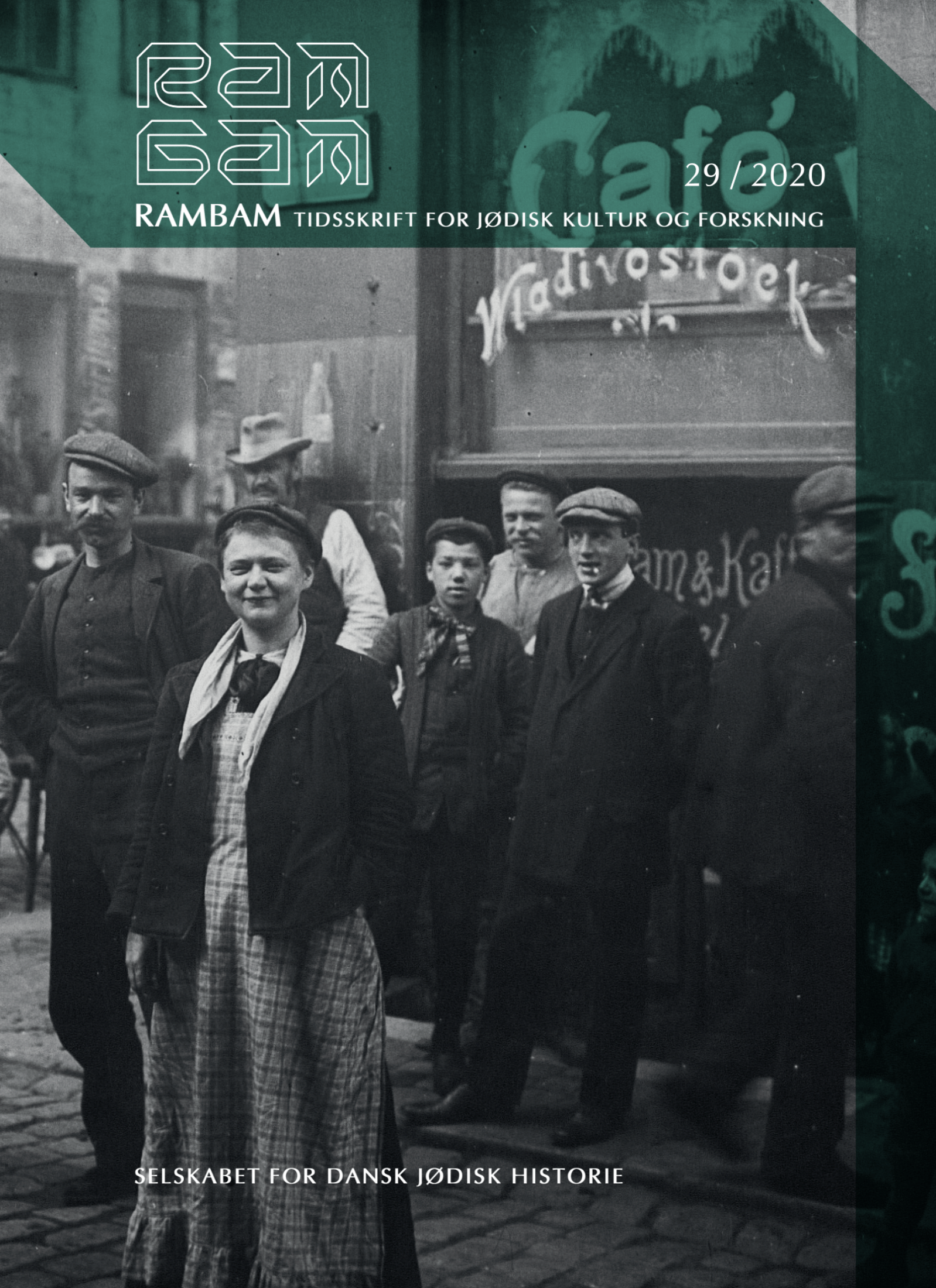Plastisk, bekosteligt, men kostbart - om omskærelse i jødisk religionshistorie
Resumé
Based on a survey of source material on Israelite-Jewish circumcision throughout the last 3,000 years, this article offers a reflection on its various and varying meanings. By approaching circumcision as a matter of “costly signaling” and a means to dis-/identification that engenders a sense of belonging and social cohesion, I illustrate how the ritual act has contributed to the unfolding and survival of Jewish communities in different historical phases and localities. The article concludes that the history of Jewish circumcision reflects political strivings of Jews for unity in representation, intelligibility, and minority rights. In times of external pressure on Jews to abandon the ritual, investments have been made to develop its ritual elements and their meanings. The history of Jewish circumcision also reflects cultural efforts to ensure internal bonding in small-scale communities and among Jewish men in particular. Finally, it testifies to diverse religious hopes of protection in times of danger, hopes of concrete blessings in this life, including fertility, and for salvation in the world to come.





